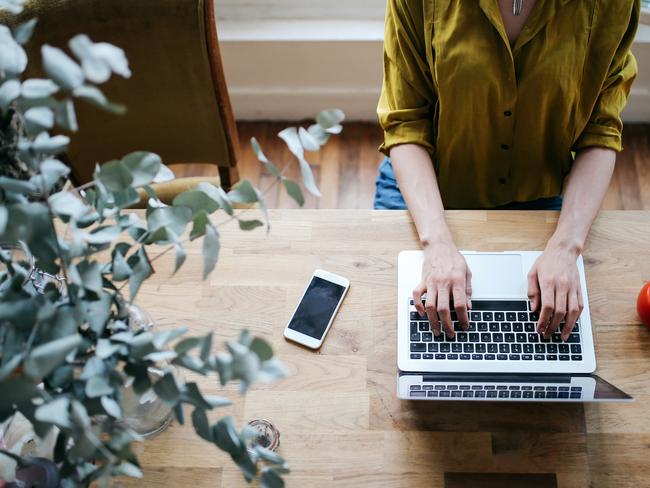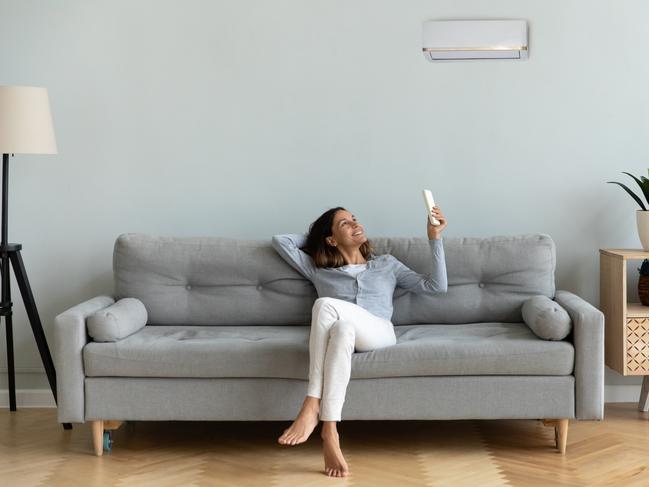Feng Shui, Australia: Secrets to the ‘positive energy via placement of household items’
The Chinese practice of Feng shui is experiencing a surge in popularity among Australians. These are the key moves you must make at home.
Lifestyle
Don't miss out on the headlines from Lifestyle. Followed categories will be added to My News.
The ancient Chinese practice of Feng shui is experiencing a surge in popularity, particularly among Millennials, many of whom are discovering the art of ‘positive energy via placement of household items’ for the first time.
Jane Langof of Feng Shui Concepts, has noticed a marked upswing in inquiries since the pandemic entered our lives and confirms that the majority of queries relate to home offices; specifically, how to set them up so that our career opportunities are maximised.
Thankfully, Jane says this can be achieved with a few simple tweaks, starting with your desk.
“The best positioning for an office desk is to sit with your back against a solid wall and place the desk diagonally opposite the door to provide a view of the entrance,” says Jane.

“Sitting with a solid wall behind you provides backing and support for your authority and ideas, while having your desk placed in a position where you can see the door, provides a sense of security and control.”
But the desk must not be placed near pointy objects nor underneath low sloped ceilings or overhead beams.

“Moving your chair away from these structures can help you to reduce tension and headaches,” says Jane.
Include some yellow in the room if you can.
The colour yellow is considered to promote thinking and concentration. And for those who don’t have the luxury of separate home office?
“If you perform an activity regularly in a particular space, it will create an energetic imprint, which creates subconscious patterns to support that activity,” says Jane.
Working where you eat or study is not regarded as beneficial for work concentration and productivity. Instead, designate a specific area as your ‘workspace’, and do your eating and relaxing elsewhere.

“A practical example is if you only have your dining table to study or work on, don’t sit at the same seat as where you eat,”
says Jane.
“Instead, create a workspace on a different section of your dining table.
“If you only have a corner to work with, placing a study desk in the bedroom or lounge can be fine from a Feng shui perspective, however clear the desk and switch off equipment after you’ve finished working.”
This is important as your mind and body need to know you’ve clocked off and it’s time to relax and de-stress.
“It’s difficult to do that if you have a messy desk in view from your bed or lounge,” says Jane, who also recommends installing a screen in order to conceal your work.

Don’t miss the new look At Home Magazine with your metro newspaper every Saturday or online At Home.
Originally published as Feng Shui, Australia: Secrets to the ‘positive energy via placement of household items’




